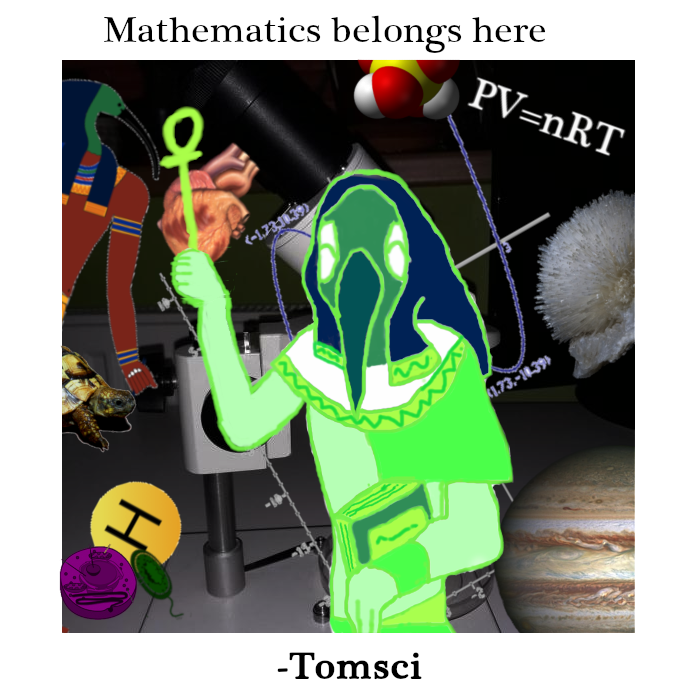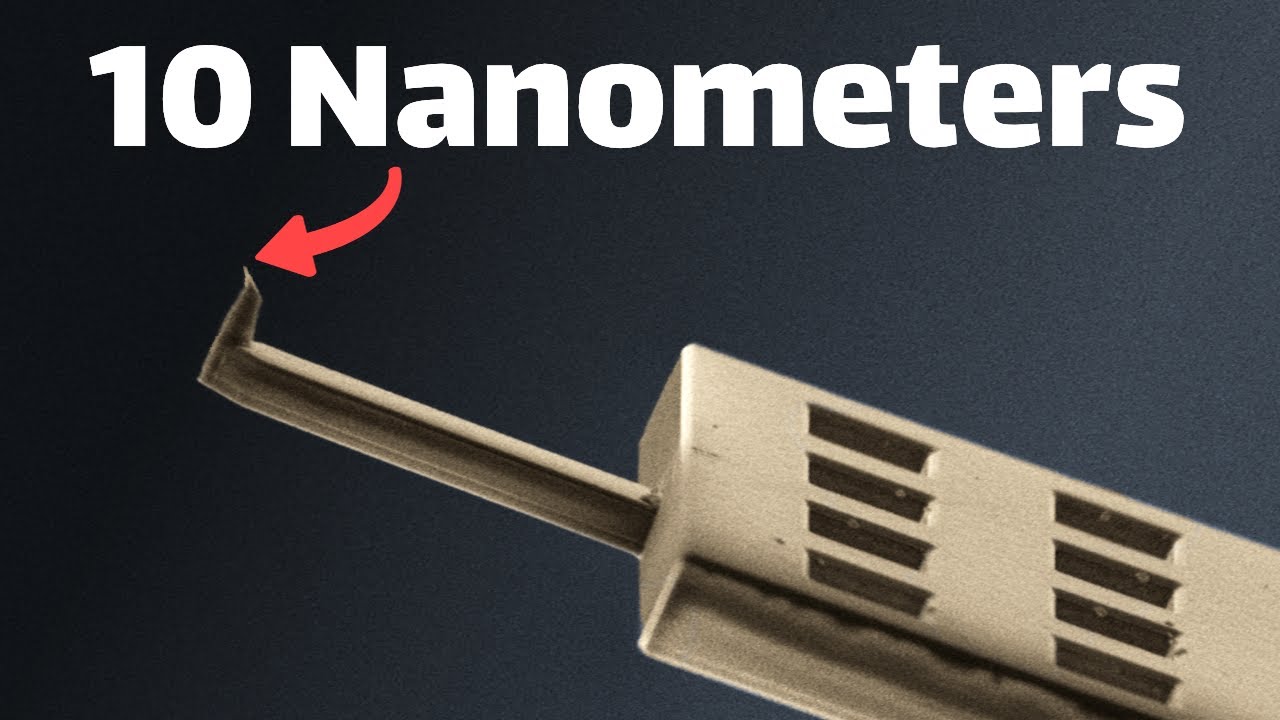5
1,000,000x Magnification with Atomic Force Microscope
invidious.reallyaweso.meToday we're looking at Atomic Force Microscopy! I built a "macro-AFM" to demonstrate the principles of an atomic force microscope, then we look at a real AFM (an nGauge AFM from ICSPI) and do a few scans in the shop to see how it works.
CONSIDER SUBSCRIBING 🥰
☕Buy me a coffee? https://www.buymeacoffee.com/Breakingtaps
🔬Or Patreon if that's your jam: https://www.patreon.com/breakingtaps
📢Twitter: https://twitter.com/BreakingTaps
💻Discord: https://discord.gg/R45uCXcEv4
AFM is a complimentary technique to SEM. Both can provide nanometer resolution images, but their different mechanisms (phyiscal probing vs electron beam) means they have different characteristics. AFM excels in precise heightmaps of the sample, easy scanning (no vacuum, no metal coating) and a diverse range of related techniques. SEM offers high depth-of-field and a very large field of view, which makes it easy to get a broad overview of a sample and then zoom in. Labs often use both in research because they compliment each other's strengths.
nGauge AFM from ICSPI: https://www.icspicorp.com/
Macro-AFM inspiration paper: Amin-Shahidi, Darya, and David Trumper. "Macro-scale atomic force microscope: An experimental platform for teaching precision mechatronics." Mechatronics 31 (2015): 234-242.
Scans are post processed in Gwyddion (http://gwyddion.net/) and 3D images rendered in Blender
0:00 AFM Scans!
1:26 What is Atomic Force Microscopy?
3:10 DIY "Macro-AFM" and real AFM
4:34 Macro-AFM overview
6:44 Cantilever displacement sensing
7:30 Scanning on the Macro-AFM
8:45 Tricky aspects of scanning probe microscopy
10:20 Topographic result of lattice scan
10:50 Traditional AFMs are big
12:34 MEMs scanner on the nGauge
13:45 Scan: Tungsten Carbide insert
17:42 Scan: Ablated aluminum
19:47 Scan: Gage block
20:52 Conclusion
You must log in or # to comment.


